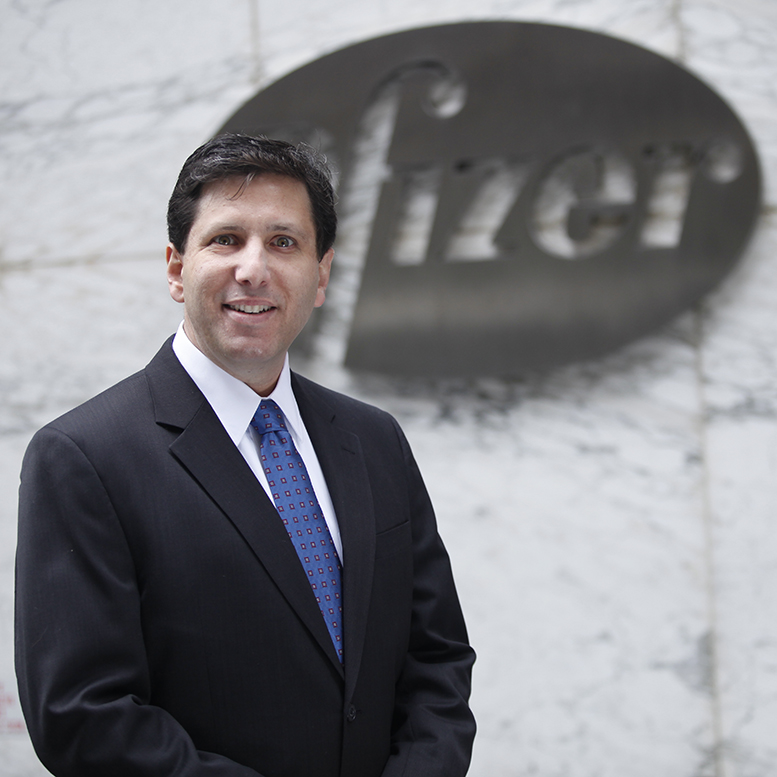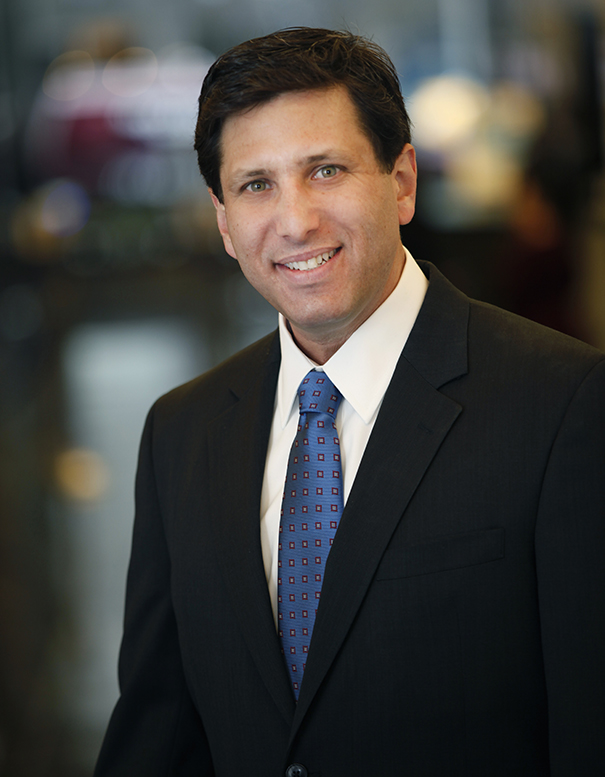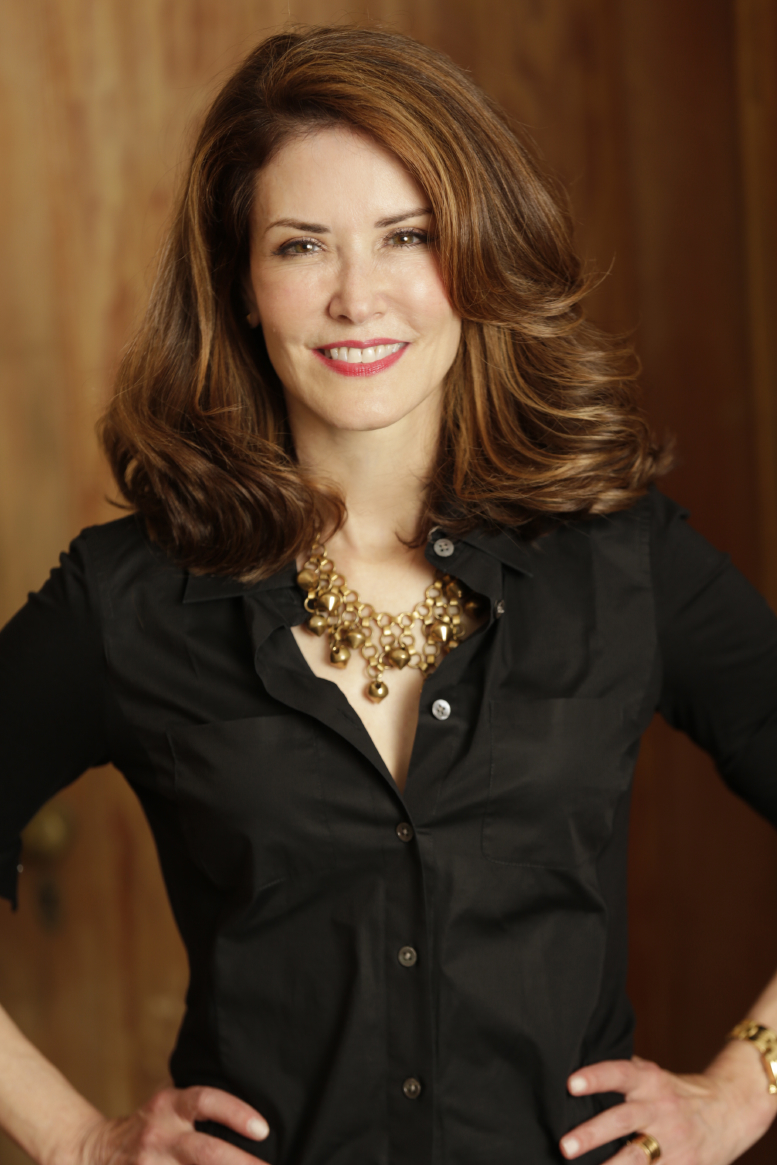What To Wear: I always recommend solids, and its nice to have jewelry to add just a little sparkle. Although this corporate headshot was taken in my studio, it feels like it was shot on-location in a boardroom.
Read More


Corporate Photoshoot with Pfizer for Future Pharmaceuticals Magazine
Corporate photoshoot with Pfizer executive, Craig Lipset, for the cover of Future Pharmaceuticals magazine at Pfizer headquarters.
Read MoreExecutive Photos NYC: Skanska Safety Week Industrial Photography at the World Trade Center
Skanska, one of the world's leading project development & construction groups, hired Executive Photos NYC for on-site industrial photography to commemorate Safety Week, which took place this year on April 25th - May 1st, 2016.
Bill Flemming, president & CEO of Skanska Building, visited job sites with peers from Hunter Roberts & Lend Lease, and discussed safety protocol, with the goal of providing more consistent and safer protocol across several construction companies.
Flemming mentioned, as quoted from the Skanska blog post, "To me, we are not successful if we put our workers at risk to deliver projects. We work safely, or not at all."
This is the 12th Safety Week celebrated by Skanska & the 3rd annual Construction Industry Safety Week, where 50 other construction firms have pledged to thank construction workers for their safety protocol and inspire additional vigilance and care.
In order to be an on-site industrial photographer in NYC, one must be constantly on the look-out while navigating potentially dangerous situations. One must be comfortable climbing ladders & narrow stairs with equipment, and having an assistant is advisable. The industrial photographer documents construction as it's happening in a documentary fashion, and then additionally takes portraits when the job requires.
You can read more about Skanska's commitment to safety and see Executive Photos NYC Photographs here.
To see more industrial photos, click here.
Ask Executive Photos NYC: What should I wear to my corporate headshot session?
To which, we ask right back at you: What are you trying to say? If you are a lawyer, or CEO, a suit and tie is often worn for your corporate portrait. However, if you’re at a forward thinking marketing startup, maybe you can wear something more tailored, and casual. However the case, we recommend looking up coworkers and competitors in your field to take a look at what their personal branding is if you are unsure.
That being said – there are a few guidelines. (Keep on reading to learn more)
MENS CORPORATE HEADSHOTS
- Wear your favorite suit that doesn’t bunch up when you sit down in it. Avoid distracting patterns and colors. When in doubt, think more conservatively.
- Ties look best when they are a shade in between the suit color and the shirt color. (ex. A black suit, a white shirt, and a blue-grey tie). Avoid repeating patterned or tightly stripped ties.
- If you’re looking for a more casual look, avoid polo shirts and T-shirts. A colored, button up shirt is a good in-between for a professional, but casual look. Darker colors for fairer skin tones and lighter colors for darker skin tones are a good choice, if you are unsure about what color shirt to wear.
WOMENS CORPORATE HEADSHOTS
- While you have more options for variety in your nature of dress, make sure your outfit remains classic – on trend styling, however corporate, can look out of date very quickly.
- Just as with mens corporate headshots, avoid loud patterns. Bright colors are acceptable, although it is inadvisable to wear red. (Red is the color your eye is most attracted to in any photograph.)
- Keep jewelry minimal, so that it doesn’t distract from your face.
- A little bit of texture in the fabric of what you choose to wear can add a nice accent to your headshot.
MAKEUP ARTISTRY
Interested in hiring a makeup artist for your shoot? Feel free to inquire about rates when you schedule your corporate headshot session.
Stephen Dubner, Author and Journalist Headshot
Executive Photo of Stephen Dubner, Award Winnning Journalist and Author of Freakonomics
Stephen J. Dubner is an award-winning author and journalist who lives in New York City. He is the co-author, with Steven D. Levitt, of Freakonomics: A Rogue Economist Explores the Hidden Side of Everything. He is also the author of Turbulent Souls: A Catholic Son’s Return to His Jewish Family(1998),Confessions of a Hero-Worshiper(2003), and a children’s book, The Boy With Two Belly Buttons (2007).
Freakonomics, published in April 2005, instantly became an international best-seller, with more than 1.5 million copies sold in the U.S. alone. It won the inaugural Quill Award for best business book; was short-listed for the inaugural Financial Times/Goldman Sachs Business Book Award; received a Visionary Award from the National Council on Economic Education; is a BookSense Book of the Year; and was named a Notable Book of 2005 by the New York Times.Turbulent Souls was also named a Notable Book, and was a finalist for the Koret National Jewish Book Award. Turbulent Souls is being reissued in late 2006 under a new title, Choosing My Religion.
Author Photo of Stephen Dubner Copyright Michael Benabib 2016






